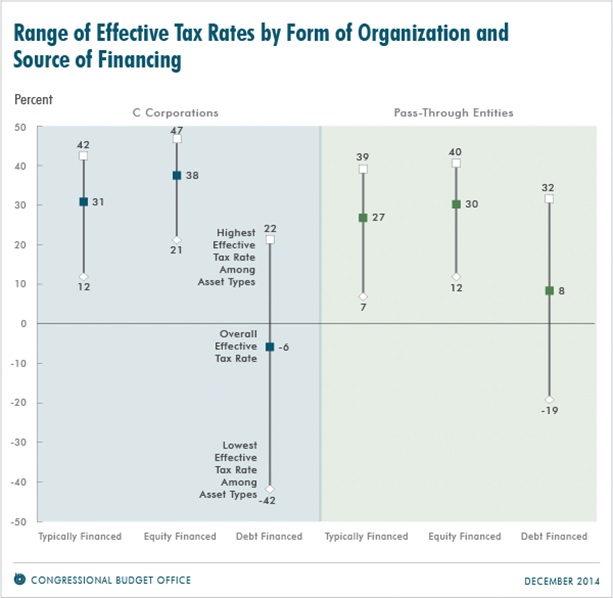The S Corporation Association has sent a letter to the two congressional tax committees asking them to support efforts to pull Treasury’s proposed section 385 regulations released back on April 4th. The comment period for these regs doesn’t close until July 7th, and we intend to submit lengthy comments outlining our numerous concerns with the regulations and how they will hurt Main Street businesses.
But in the meantime, we believe it is important for policymakers to have a better sense of just how far these regulations extend and the costs they will impose on businesses of all stripes operating in the United States. As our letter points out:
At publication, these proposed regulations were described as a response to the base erosion practices of certain companies, but this description fails to capture the true breadth of their impact. Our understanding is that Prop. Treas. Reg. §1.385-1 is intended to apply to any loan between members within a “modified expanded group,” as defined in the rule, which can include not only corporations, but partnerships and individuals as well. That’s it. No inversion or base erosion activity is required. As such, it would apply to a broad array of common business practices conducted in the purely domestic context.
These costs will be borne by C corporations, partnerships, and individuals alike. However, it is the S corporation community that is in particular danger, as recharacterizing the debt of an S corporation can have implications far beyond just turning deductible interest into taxable dividends.
And while this rule applies to all types of corporations, it poses a particular threat to S corporations. Unlike a C corporation, an S corporation is not allowed to have more than one class of stock. Otherwise, it can lose its S election. As drafted, the proposed section 385 regulations have the potential to disqualify a large percentage of S corporations by recharacterizing regular business loans as equity, thereby creating a second class of stock, as well as potentially violating the shareholder eligibility rules under subchapter S.
The 385 regulations completely blindsided the business community, but the more we explore their implications, the worse they appear. Congress needs to take a hard look at this issue. Tax reform is an important effort, but it could take years. These regulations have the potential to hurt investment and job creation starting right now. With the economy limping along, it’s exactly what we don’t need.
Debt, Equity, and Corporate Integration
The Senate Finance Committee resumed its exploration of the corporate integration approach to tax reform this week, this time focusing on the need to balance out the tax treatment of debt versus equity. To get a visual of why that’s important, take a look at this nice chart from the CBO.
There is simply no excuse for having a tax code that imposes this ridiculously broad range of effective tax rates. Effective rates should be about the same regardless of what you invest in or how you finance the investment. So the lines on this chart need to be shorter and more level across different types of business. Corporate integration can help get us there.
That’s what the pass-through business community has been saying for five years – tax business income once, tax it at reasonable rates, and then leave it alone. Chairman Hatch (R-UT) put in a plug for our Main Street principles letter in his opening statement:
You don’t have to take my word for it. A large coalition of small business associations, including the National Federation of Independent Businesses and the S Corporation Association, recently sent a letter to the leaders of the Finance Committee and the House Ways Means Committee stating: “Congress should eliminate the double tax on corporate income. … The double corporate tax results in less investment, fewer jobs, and lower wages than if all American businesses were subject to a single layer of tax. A key goal of tax reform should be to continue to reduce or eliminate the incidence of the double tax and move towards taxing all business income once.” Without objection, a copy of that letter will be included in the record.
So the Main Street Business Community is on board, but what about the rest of the business community? Eliminating the double tax on corporations is obviously in the interest of corporate shareholders, but do the companies they own see it that way?
Later in the hearing, Sen. Dean Heller (R-NV) asked the panel why they thought corporate integration proposals had failed in the past: Here’s the response of Mr. John Buckley, former counsel at the Ways and Means Committee:
I think it has failed…largely because of opposition from the corporate community, or indifference, that they do not want to have an incentive to distribute earnings. They would prefer to grow their business and retain earnings. And also because there have been other alternatives that have been far more attractive to the business community—otherwise known as a corporate rate reduction.
A corporate rate cut would certainly reduce the effective tax on corporate equity investment, and as long as pass-through businesses get the same top rate, we would support it. But when it comes to making the US business sector more competitive, you have to look at both levels of corporate tax. That means tax reform needs to cut rates for C corporations and pass-through business alike, and it needs to eliminate the double tax. That would be real reform that helps bring businesses and capital back into the United States. We’re looking forward to more from the Finance Committee on this.

